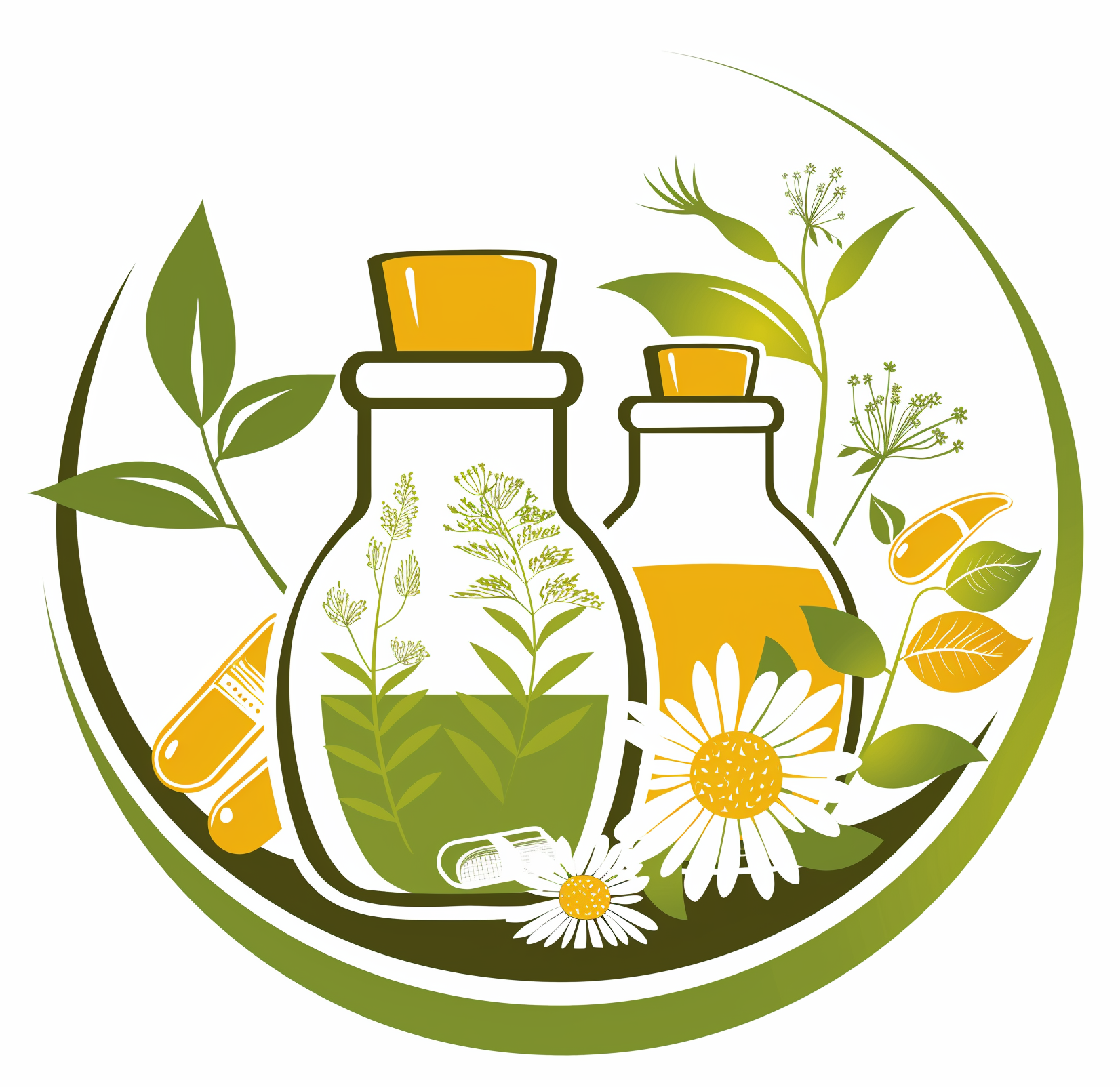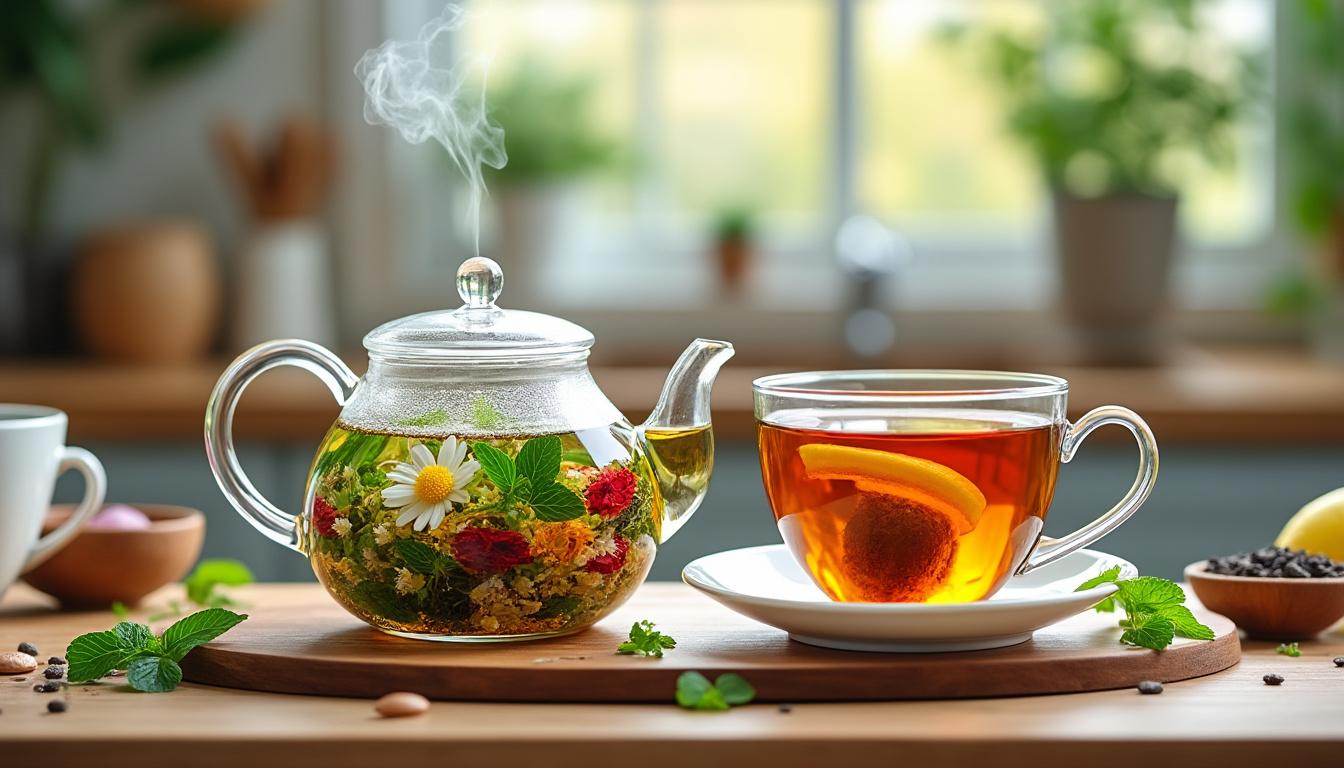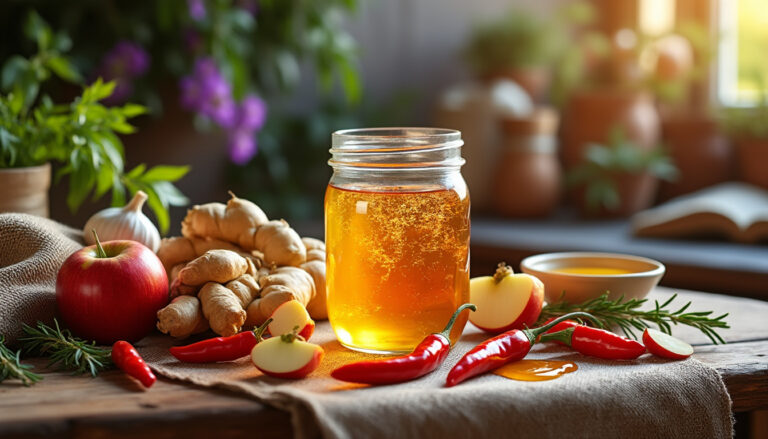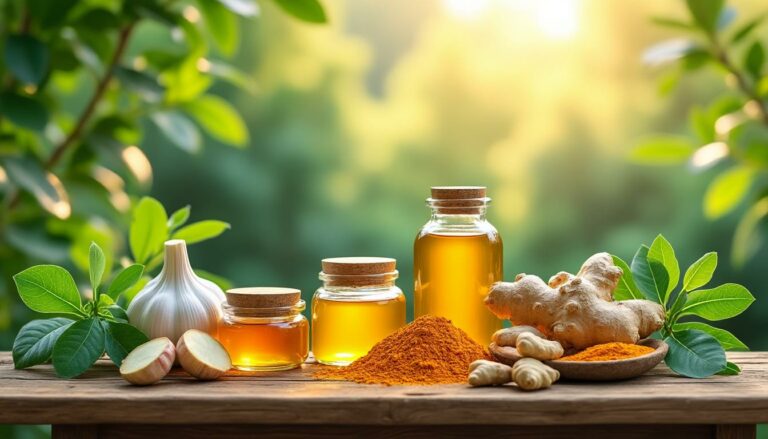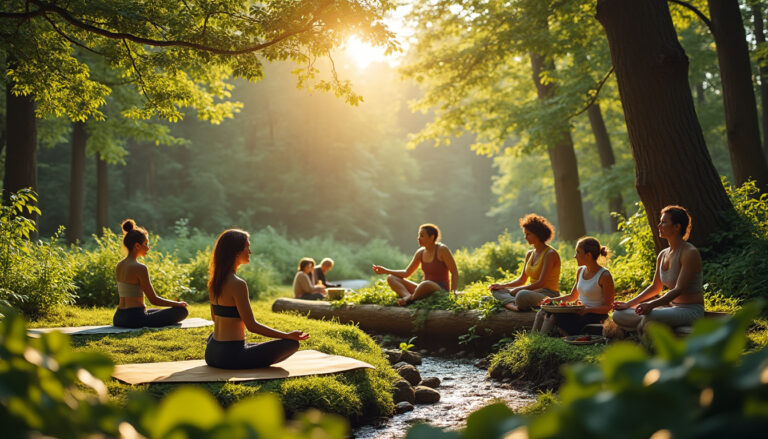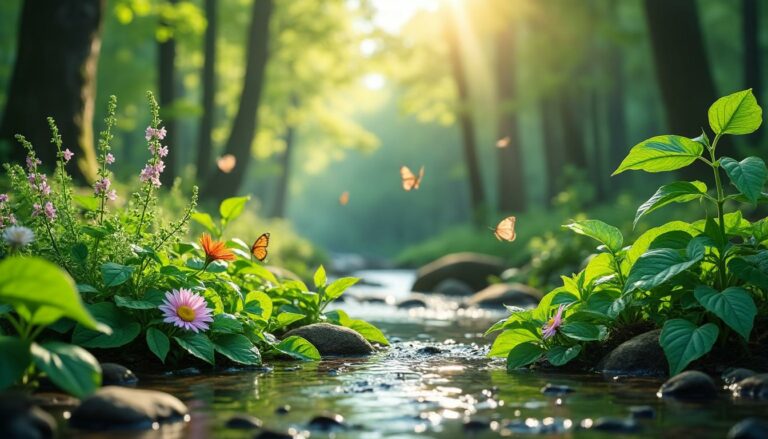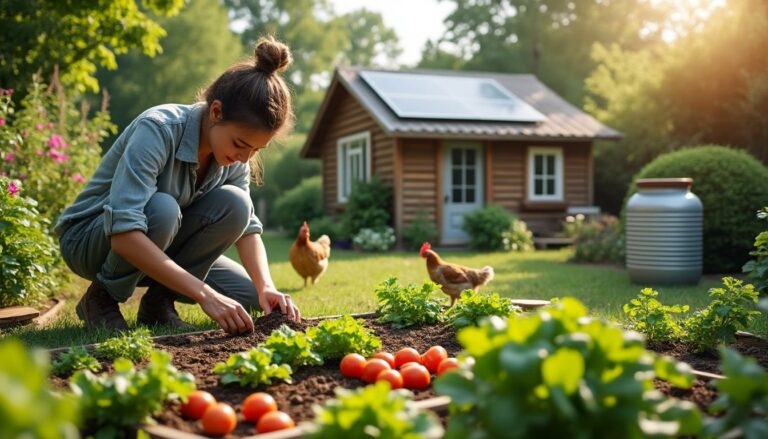What is a herbal infusion? Comparing it to a regular tea
One cup can ground you, the other can gently fortify you. Yet most shop shelves—and even many homestead pantries—use the words “herbal tea” and “infusion” interchangeably, leaving you to wonder whether you’re missing out on extra minerals, deeper flavor, or valuable calm.
Modern homesteaders, busy parents, and off-grid adventurers alike often slip into the same trap: they pour boiling water over a teaspoon of dried leaves, wait three minutes, and assume every herb behaves like black tea from Twinings or Dilmah.
You deserve more. By the end of this guide you’ll know the exact difference between a brisk everyday brew and a true mineral-rich herbal infusion, when each makes sense, and how to craft both with confidence—no fancy equipment, just time-tested practices that work whether you’re brewing Tazo in a city loft or wild nettle beside a camp stove.
Herbal infusion vs regular tea: the key facts every brewer should know
| 🌿 Feature | Herbal Infusion | Regular Tea (Camellia sinensis) |
|---|---|---|
| Plant source | Any edible herb, flower, fruit, seed, bark | Single evergreen shrub, Camellia sinensis |
| Quantity used | 1 oz (28 g) dry herb / 1 qt water 😉 | 1 tsp (2–3 g) leaves / 8 oz water |
| Steep time ⏱️ | 4–10 hours (covered) | 2–5 min (uncovered) |
| Caffeine | None (unless blended) | Low to moderate |
| Main benefits | High minerals (calcium, magnesium), gentle therapeutic actions | Antioxidants, mild stimulation, classic flavor spectrum |
| Brands to explore | Rooibos Rocks, Yogi Tea, Pukka Herbs, Celestial Seasonings | Harney & Sons, Bigelow, Stash Tea, Twinings, Dilmah |
- 🔍 Definition shortcut: tea refers to Camellia sinensis; infusion describes any plant soaked long enough for full extraction.
- 🌈 Flavor range widens dramatically with infusions—think rose hips, lemon balm, or elderflower.
- 📚 For deeper herbal basics, see our free guide Plant Healing 101.
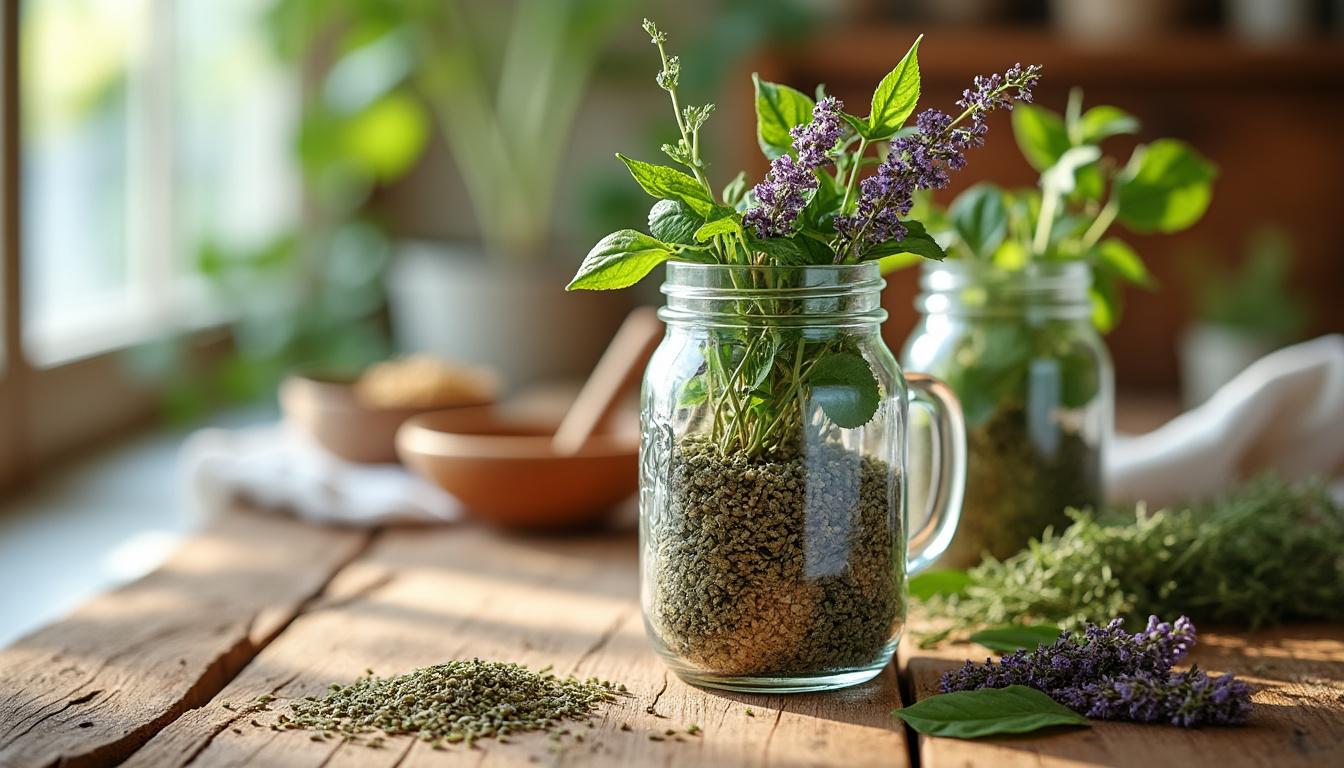
This foundational difference sets the stage for nutrient density, flavor intensity, and how your body responds—topics we’ll unpack next.
Why steeping time and plant parts matter more than you think
Longer soak, deeper nourishment
The minerals locked inside tough leaves (nettle), seeds (fenugreek), or roots (dandelion) need hours—not minutes—to dissolve. A true infusion acts like a slow-release multivitamin, topping up magnesium many modern diets lack.
- ⏳ 4 hours unlocks water-soluble B-vitamins.
- 🕯️ An overnight cold infusion preserves delicate volatile oils in chamomile or peppermint.
- 🔥 Roots benefit from a brief simmer—see our step-by-step chart below.
| Plant part 🌱 | Quick Tea | Mineral Infusion |
|---|---|---|
| Leaves (nettle, raspberry) | 5 min steep | 8 hr room temp |
| Flowers (linden, chamomile) | 3 min | 4 hr |
| Barks & roots (licorice, burdock) | Simmer 5 min, steep 15 min | Simmer 20 min, steep 4 hr |
Need a visual walkthrough? I filmed a practical demo:
DIY infusion in five friction-free steps
- 🌾 Measure 1 cup dried herb into a quart jar.
- 💦 Add boiling water to brim, cap tightly.
- ⏲️ Let stand 4–8 hours on counter or in a cooler bag on the trail.
- 🥄 Strain, squeezing herbs; compost solids.
- ❄️ Refrigerate for 24 h use; reheat gently or sip chilled.
For herbs safe to wild-harvest—like violet or plantain—review identification tips in our illustrated field guide Medicinal Wild Plants.
Flavor journeys: from brisk breakfast teas to decadent herbal potions
Regular teas offer a familiar arc—malty Assam, grassy Sencha, peachy Tie Guan Yin—perfect when I crave structure. Herbal infusions, however, read like a choose-your-own-adventure:
- 🍒 Hibiscus-rose hip delivers vitamin C tang that rivals any sports drink.
- 🌰 Roasted dandelion-chicory mimics coffee without caffeine.
- 🛌 Lavender-lemon balm sets the stage for deep sleep.
Brands make exploration easy. I keep Tazo Passion for quick iced batches, Yogi Tea Bedtime for travel, and Rooibos Rocks Sweet Vanilla when kids visit. When guests expect tradition, Harney & Sons Earl Grey wins every time.
| 🎶 Mood | Regular Tea Pick | Herbal Infusion Alternative |
|---|---|---|
| Morning boost | Stash Tea Double Bergamot Earl Grey | Pukka Herbs Revitalise (cinnamon–mint) |
| Focus at desk | Twinings Darjeeling | Celestial Seasonings Bengal Spice |
| Evening unwind | Bigelow Decaf Green | Yogi Tea Honey Lavender Stress Relief |
Feeling social? Check out homesteader @JessForager’s reel steeping nettle overnight:
Health benefits: choose the right cup for the right purpose
When regular tea shines
- ❤️ Antioxidant support from catechins—helpful post-workout.
- 🧠 Gentle caffeine for mental clarity without coffee crash.
- 😷 Polyphenols shown in 2024 study (Journal of Nutrition) to support immune modulation.
Where herbal infusions excel
- 🦴 High mineral load—nettle yields up to 300 mg calcium per quart.
- 🤒 Specific actions: elderflower helps sweating during colds; see our antiviral roundup here.
- 😴 Naturally caffeine-free, ideal for children or late nights.
For a broader integrative approach, explore our Holistic Health Overview and discover how infusions slot into a resilient lifestyle plan.
Brewing guide: temperature, tools, and time made simple
Most failures stem from mismatched heat. Keep this cheat-sheet on your fridge:
| ♨️ Water Temp | Tea Type | Ideal Vessel | Steep Window |
|---|---|---|---|
| 200–212°F 🔥 | Black, herbal roots & barks | Ceramic teapot | 3–5 min (tea) / 20 min+ (root infusion) |
| 185°F 😊 | Oolong | Gaiwan or mason jar | 4–7 min |
| 175°F 🍃 | Green, white | Glass pitcher | 2–3 min |
- 📏 Use a digital kettle or count bubbles: “lobster eyes” signal 185°F.
- 🕰️ Over-steeped Camellia becomes bitter—set a timer.
- 🥤 Iced version? Double herb quantity, steep hot, then pour over ice.
Advanced makers can craft concentrated bases for travel tinctures—see recipe workflow at Tincture Uses & Benefits.
Harvesting, safety, and storage tips for self-reliant brewers
Smart sourcing
- 🏞️ Wild-craft responsibly: harvest only 10 % of a patch; confirm ID with Common Wild Herbs guide.
- 🛒 Buy organic bulk from trusted suppliers when learning (look for COFA or USDA seals).
Storage that preserves potency
- 🌑 Keep jars in a dark cupboard—light degrades volatile oils fast.
- ⛄ Freeze excess seasonal herbs (lemon balm) to lock in flavor.
- 💌 Label with Latin name & date; potency wanes after 12 months.
Accidents still happen—mild skin burns from boiling water are common. My go-to remedy is a calendula-plantain salve you can whip up in 30 minutes (full instructions here).
Myths busted: clearing the fog once and for all
| 🚫 Myth | ✅ Reality |
|---|---|
| Herbal infusions are weak “flavored water” | Use correct herb weight & time—results become vitamin-rich tonics. |
| All regular tea dehydrates | Moderate caffeine means net hydration is positive. |
| Camellia sinensis must be drunk hot | Cold-brew green tea reduces bitterness, perfect for summer. |
| Herbal doesn’t pair with food | Rooibos Rocks Vanilla matches chocolate cake beautifully 🍫 |
Curious about more herbal myths? Browse our master class archive at Herbalism Home Base.
FAQ: quick answers for busy brewers
- Can I combine regular tea leaves with an herbal infusion?
Absolutely. Try half-strength black tea plus hibiscus for a balanced caffeine lift and fruity kick. - Is overnight infusion safe at room temperature?
Yes for dried herbs with low sugar content. If using fresh fruit, refrigerate after 4 hours. - Which herbs give the most minerals?
Nettle, oatstraw, red clover, and raspberry leaf top the charts—see our top-ten list. - How long can I store a finished infusion?
Keep refrigerated and consume within 48 hours to prevent bacterial growth. - My infusion tastes bitter—what went wrong?
You may have over-steeped delicate flowers or used too much root. Adjust ratio or time, and consider adding a touch of local honey.
Herbal infusion mastery rewards you with deeper nourishment, lower costs, and a comforting ritual that fits any lifestyle from suburban balcony to remote cabin. May your next jar brim with color, aroma, and the quiet confidence that you’re tapping centuries of plant wisdom—one slow steep at a time.
